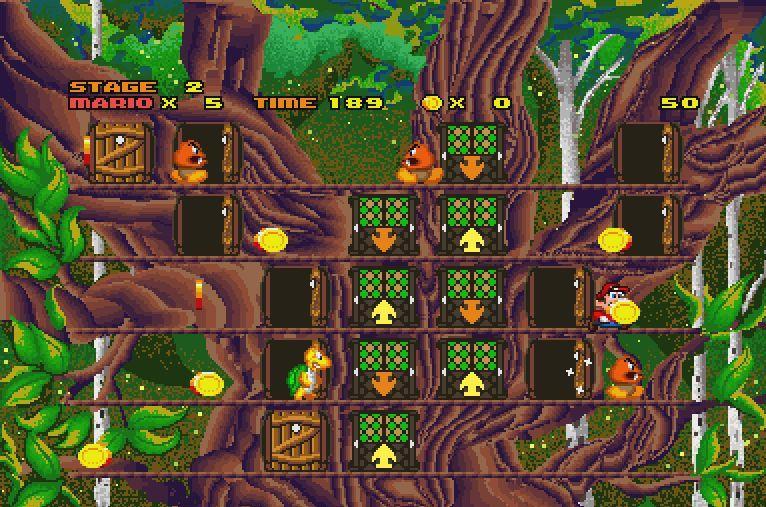

Finally, a third hypothesis is related to the medieval name of the hill, A second hypothesis derives the name from the word mare (Italian for "sea"), referring to the fossil shells found there or to the fact that from some heights is it possible to see the sea. The current name, according to some theories, comes from Mario Mellini, a cardinal who owned a villa (since 1935 the seat of the Museo Astronomico e Copernicano of Rome ) and several hamlets around the hill in the 15th century. The hill was known as Mons Vaticanus or Clivus Cinnae (from the name of the Consul Lucius Cornelius Cinna) during the ancient Roman period. The Via Francigena came from the Leonine City and continued towards La Giustiniana and then La Storta then, having passed Isola Farnese, it continued north. In the Middle Ages Monte Mario was located on the Via Francigena pilgrims referred to it as Mons Gaudii ( Latin for Mount of the Joy). The remains date back to about 65,000 years ago and are the oldest finds in the area of Rome.

Prati di Castello and Monte Mario in a watercolor by Ettore Roesler FranzĮxcavations carried out in the Cartoni estate, close to Monte Mario, have found a flint tool, some splinters of the same material and animal teeth. The location has been chosen as trigonometrical station in the Gauss–Boaga cartographic projection, giving rise to the datum Roma 40.Īlthough it is the highest hill in the modern city of Rome, Monte Mario is not one of the proverbial Seven Hills of Rome, being outside the boundaries of the ancient city. Here, moreover, begins the longest Linear Park in Rome, which connects the town to the Parco di Monte Ciocci.

It is the highest (139 m) hill in the town and, together with the Janiculum and the Pincius, one of the most scenic spots in the city, especially in the place called " Zodiac", which offers a south and west view of the main architectural monuments of the city, of the Vatican City, of the Alban Hills, of the Monti Tiburtini, of the Monti Prenestini and of the highest peaks of western central Apennines. The same toponym also identifies the urban area which extends over the hill, close to Via Trionfale and the first stretch of Via di Torrevecchia, with the railway station of the same name. It occupies part of Balduina, of the territory of Municipio Roma I ( Roma Centro), of Municipio Roma XIV ( Roma Monte Mario) and a small portion of Municipio Roma XV of Rome, thus including part of the Quarters Trionfale, Della Vittoria and Primavalle. Monte Mario (English: Mount Mario or Mount Marius) is the hill that rises in the north-west area of Rome (Italy), on the right bank of the Tiber, crossed by the Via Trionfale. Madonna del Rosario, Nostra Signora di Guadalupe a Monte Mario


 0 kommentar(er)
0 kommentar(er)
